Stock Picks for Today’s Intraday Trade – 21st November, 2025
Overview of Intraday Stock Picks
Intraday trading can be lucrative if backed by appropriate research and timing. October , 2025, presents many trading opportunities based on early market trends, technical analysis, and global cues. This blog outlines some chosen stocks for intraday traders to follow with associated levels, indicators, and trading strategies.

Top Intraday Stock Picks: Best Stocks for Intraday Trading Today You Should Watch
1. Sun Pharma
• Revenue: Up 8% YoY at ₹14,478 Cr
• Gross Profit: Up 14% YoY at ₹3,798 Cr
• Net Profit: Up 3% YoY at ₹3,137 Cr
2. Grasim: Strong Growth Across Financial Metrics
• Revenue: Up 18% YoY at ₹39,900 Cr
• Gross Profit: Up 38% YoY at ₹2,973 Cr
• Net Profit: Up 41% YoY at ₹1,437 Cr
3. Britannia: Profitability Improves on Better Margins
• Revenue: Up 3% YoY at ₹4,841 Cr
• Gross Profit: Up 22% YoY at ₹869 Cr
• Net Profit: Up 22% YoY at ₹658 Cr
4. Britannia: Profitability Improves on Better Margins
• Revenue: Up 3% YoY at ₹4,841 Cr
• Gross Profit: Up 22% YoY at ₹869 Cr
• Net Profit: Up 22% YoY at ₹658 Cr
5. Aurobindo Pharma: Stable Growth Momentum
• Revenue: Up 6% YoY at ₹8,286 Cr
• Gross Profit: Up 5% YoY at ₹1,249 Cr
• Net Profit: Up 3% YoY at ₹846 Cr
6. Redington: Healthy Growth Across Metrics
• Revenue: Up 16% YoY at ₹29,076 Cr
• Gross Profit: Up 30% YoY at ₹533 Cr
• Net Profit: Up 23% YoY at ₹350 Cr
7. Tube Investments: Moderate Growth with Steady Margins
• Revenue: Up 12% YoY at ₹5,523 Cr
• Gross Profit: Up 2% YoY at ₹380 Cr
• Net Profit: Up 1% YoY at ₹302 Cr
8. Blue Star: Gradual Improvement in Profitability
• Revenue: Up 6% YoY at ₹2,422 Cr
• Gross Profit: Up 17% YoY at ₹140 Cr
• Net Profit: Up 4% YoY at ₹100 Cr
9. Astral Ltd: Robust Revenue and Profit Growth
• Revenue: Up 15% YoY at ₹1,577 Cr
• Gross Profit: Up 23% YoY at ₹185 Cr
• Net Profit: Up 23% YoY at ₹135 Cr
10. Delhivery: Strong Turnaround with Profit Growth
• Revenue: Up 17% YoY at ₹2,382 Cr
• Gross Profit: Up 98% YoY at ₹-1 Cr (improvement from loss)
• Net Profit: Up 221% YoY at ₹61 Cr
11. Honeywell Automation: Consistent Profitability
• Revenue: Up 12% YoY at ₹1,149 Cr
• Gross Profit: Up 4% YoY at ₹119 Cr
• Net Profit: Up 4% YoY at ₹120 Cr
12. Ramco Cements: Strong Profit Recovery
• Revenue: Up 9% YoY at ₹2,239 Cr
• Gross Profit: Up 41% YoY at ₹205 Cr
• Net Profit: Up 204% YoY at ₹76 Cr
Stocks in News
Mahindra Holidays: To invest ₹1,000 crore as it enters the leisure hospitality segment.
Bajaj (Investment Arm): Hires CIO Jitendra Gohil from Kotak.
Man Industries: Signs MoU with Aramco Asia India to set up a steel pipe unit in Saudi Arabia.Transrail Lighting: Secures new orders worth ₹548 crore.
NHAI: Launches Raajmarg Infra Investment Managers for highway monetization.
Power Mech Projects: Seeks nod to raise borrowing limit to ₹7,500 cror.
L&T: Targets $1 billion milestone in its defence business.
Lloyds Engineering: Enters two contract agreements with Kliver Polska.
Reliance Retail: Brings in a Carrefour veteran to strengthen grocery operations.
Ashok Leyland: Prepares to launch a new range of heavy-duty trucks.
Godrej Properties: Acquires 75-acre Nagpur land parcel with ₹755 crore revenue potential.
Sharda Cropchem: Raises FY26 revenue growth guidance to 20% from 15%.
Zaggle Prepaid: Signs an agreement with BIBA Fashion Limited.
TCS: Partners with TPG for a $1 billion investment in HyperVault data-center subsidiary.
JSW Energy: Resolution plan for Raigarh Champa Rail approved by CoC.
Alkem Laboratories: Launches “DSS” probiotic (De Simone formulation) in India for gut health.
Quick Takeaways
India’s solar module sector faces shake-up as overcapacity looms: Icra
Indian cars gain ground in Europe as global automakers ramp up exports
RBI doesn’t target rupee level, fall due to dollar demand: Guv Malhotra
Rajasthan set to launch Semiconductor Policy 2025 to woo investors
Farm sector can maintain 4% growth for a decade: Niti Aayog’s Ramesh Chand
KKR aims to raise $15 billion in new Asia private equity fund: Report
India’s palm oil imports to rebound from 5-yr low on competitive prices
Uttar Pradesh govt exports electronics, IT products worth ₹1.27 trillion
Looking to start exporting multiple dairy products to Israel soon: Amul MD
Blackstone to invest Rs 700 crore in Casagrand’s industrial and warehousing project in Chennai
5G subscriptions in India likely to cross one billion mark by 2031: Ericsson Mobility Report
Starbucks to keep India plans brewing despite competition
Heatwave-linked surge in power demand may deepen India’s fossil-fuel dependence: Report
Google announces new Gemini backed safety features in India to protect users
Froth in smallcaps has cooled, opportunity improved, says SAMCO MF CEO
Lenders face stress in micro loans against property as delinquencies rise
F&O Stocks in Ban:
SAIL
SAMMAANCAP
Best Stocks for Intraday Trading Today
Intraday trading, also known as day trading, involves buying and selling financial instruments within the same trading day. This style of trading focuses on capitalizing on small price movements in liquid securities, offering opportunities for traders who are looking to benefit from market volatility and short-term trends.
What is Intraday Trading?
Intraday trading means entering and exiting trades on the same day before the market closes. Unlike positional trading, where investments are held for days, weeks, or even months, intraday trades are not carried forward overnight. The goal is to profit from price fluctuations that occur throughout the trading session.
How Intraday Trading Works
Traders analyze price charts, volume trends, technical indicators, and market sentiment to identify entry and exit points.
Key Characteristics of Intraday Trading
High Liquidity: Instruments that are frequently traded allow for easier entry and exit.
Volatility: Price movement is essential for generating returns in a short time frame.
Risk Management: Intraday traders often use stop-loss and target orders to manage risk.
Leverage: Many traders use margin facilities to increase their exposure, although this also increases risk.
Connect with our SEBI-registered investment advisor to know more about intraday trading tips. Our advisor will help you and guide you with all your queries related to the intraday trading and other segments, like Equity intraday tips, as well. Explore more about the stock picks for today’s intraday trade to understand them better.
Key Technical Indicators Supporting the Intraday Trading Today
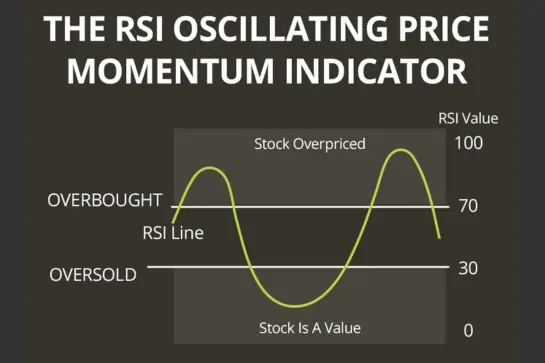
01.
Relative Strength Index (RSI)
The RSI is a momentum oscillator that measures the speed and change of price movements on a scale of 0 to 100. Typically, an RSI above 70 indicates overbought conditions, while an RSI below 30 suggests oversold conditions. Traders use RSI to identify potential reversal points and to gauge the strength of a trend.
02.
Moving Averages and MACD
Moving averages smooth out price data to identify trends over specific periods. Short-term moving averages, like the 5, 8, and 13-period SMAs, are particularly useful for intraday trading. The MACD, which calculates the difference between short-term and long-term EMAs, helps traders identify trend reversals and momentum shifts.
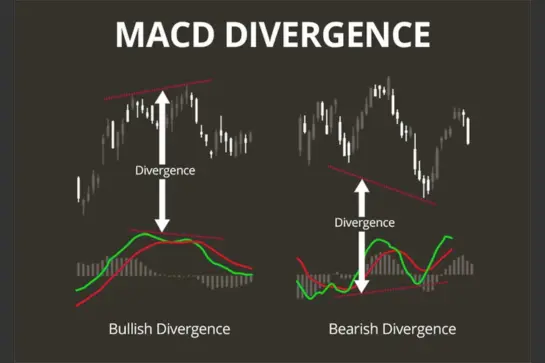
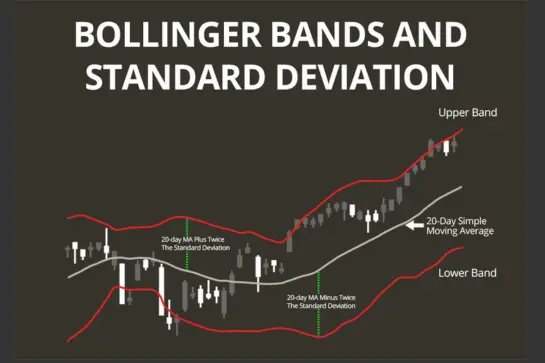
03.
Bollinger Bands
Bollinger Bands consist of a middle band (usually a 20-period SMA) and two outer bands set at standard deviations above and below the middle band. These bands expand and contract based on market volatility. When the price touches the upper band, it may indicate overbought conditions; touching the lower band may suggest oversold conditions.
04.
Average True Range (ATR)
ATR measures market volatility by calculating the average range of price movements over a specified period. A higher ATR indicates increased volatility, which can help traders set appropriate stop-loss levels and position sizes.
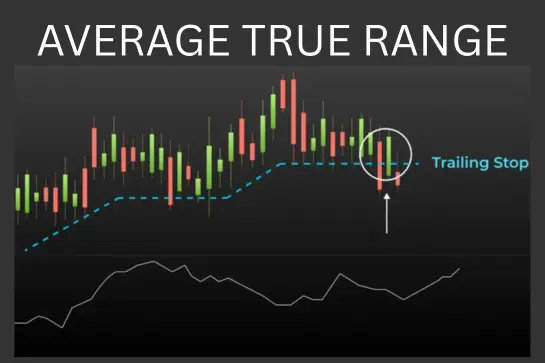
Trading Psychology: Navigating Intraday Trading with Confidence
Intraday trading is not just a test of strategy and technical skills — it’s a mental game. The fast-paced nature of the market, rapid decision-making, and the emotional highs and lows can challenge even the most experienced traders. This is where trading psychology becomes a vital tool for success.
Understanding Trading Psychology
Trading psychology refers to the mindset and emotional discipline a trader must maintain while executing trades. It involves controlling fear, greed, hope, and regret — emotions that often cloud judgment and lead to impulsive decisions. In intraday trading, where price action changes within seconds and decisions must be made quickly, the mental game can make or break performance.
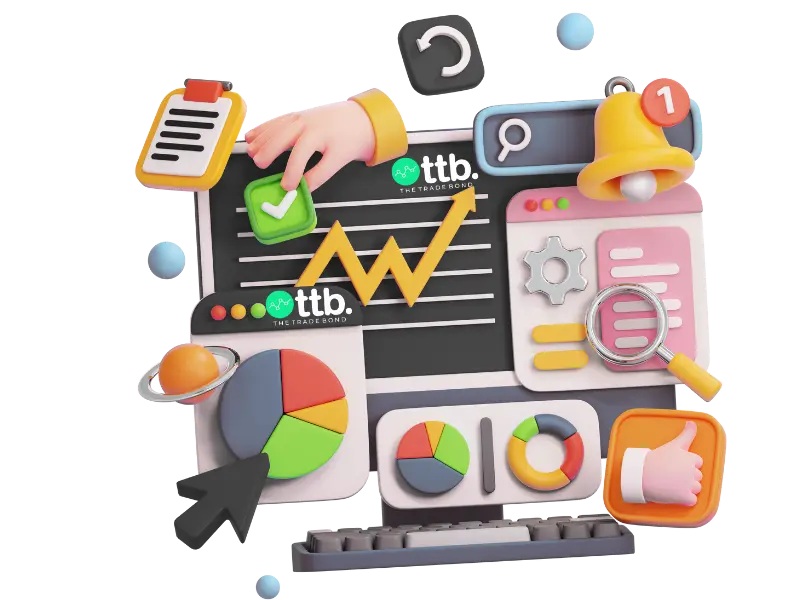
Building a Strong Psychological Foundation
Stick to a Trading Plan
A well-defined plan includes your entry, stop-loss, target, and risk-reward ratio. Following it religiously removes emotional decision-making.
Accept Losses as Part of the Game
No trader wins all the time. Managing losses with grace and learning from them builds long-term discipline.
Control Position Sizing
Risking too much on a single trade increases emotional pressure. Using appropriate lot sizes helps stay objective during drawdowns.
Set Realistic Goals
Don’t aim to “beat the market” every day. Focus on consistent performance rather than daily wins.
Use Breaks and Timeouts
Stepping away from the screen after a trade — win or lose — helps reset your mind. Mental clarity often leads to better decisions.
Common Emotional Challenges in Intraday Trading
Fear of Missing Out (FOMO)
Jumping into trades without analysis just because a price is moving rapidly can lead to losses. FOMO causes traders to act impulsively, ignoring strategy.
Revenge Trading
After a loss, some traders rush into new trades to recover quickly. This often leads to even bigger losses.
Overconfidence After a Win
A successful trade can make a trader feel invincible, prompting unnecessary risk-taking. Consistency is a key, not chasing after euphoria.
Paralysis by Analysis
Overthinking or second-guessing strategies can cause missed opportunities. Trusting your preparation and indicators is crucial.
As an intraday trader, facing these emotional challenges can be the biggest challenge. One more thing you all have to keep in mind is that self-learning will be challenging and take a lot of time. So, taking guidance from a SEBI-registered stock market advisor will be more beneficial and can reduce the time of research. Get stock picks for today’s intraday trade from our registered advisors.
Get a Free Health Check-Up for Your Portfolio
If you’re unsure how tariffs affect the stock market or how your portfolio reacts to such macro shocks—it’s time to get clarity.
